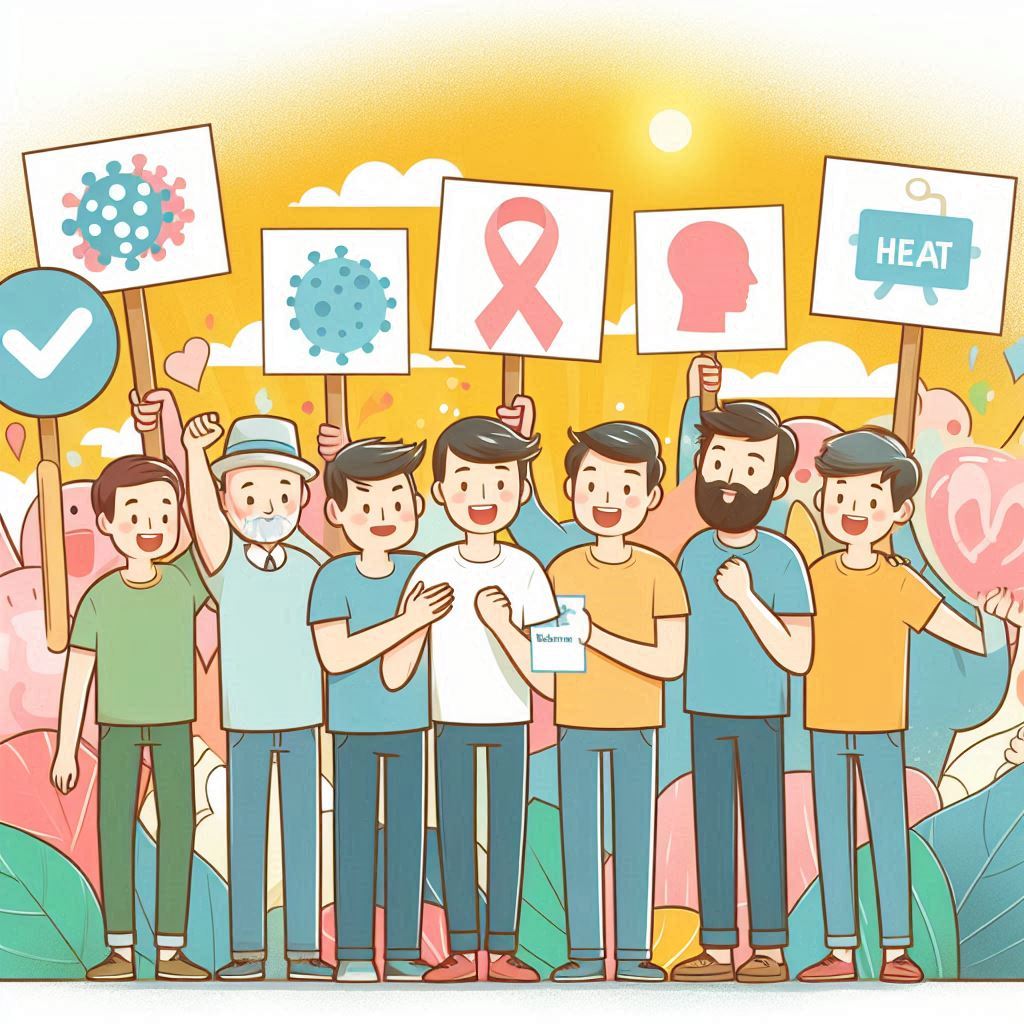If the story of AIDS were a thunderstorm, then SIV — the Simian Immunodeficiency Virus — would be the distant rumble of thunder long before the first drop of rain touched the earth. It is the unseen shadow, the overlooked origin, the ancient virus hiding in plain sight. To understand the question that still echoes across the globe — “AIDS: where did it come from?” — we must first journey deep into the heart of the African rainforest, where SIV reigned for centuries without fame, fear, or global consequences.

The Forgotten Beginning
Long before humans knew about HIV or AIDS, monkeys and apes carried their own versions of an immune-attacking virus. It didn’t devastate them — not in the way HIV would affect humans later. In its natural hosts, SIV lived in balance, like an old tenant that knew not to break the house it lived in. But when this ancient virus found its way into the human bloodstream, it became something else — something far more dangerous.
This viral crossover, known as zoonosis, is the biological moment where history shifted. And that, dear reader, is the first true chapter in answering, “AIDS: where did it come from?”
The Viral Border Crossing
Picture a border between two worlds: the animal kingdom and the human domain. Viruses like SIV usually remain on their side. But sometimes, through a cut during a hunt, a blood splash during butchering, or a wound from handling bushmeat, the border is breached. SIV finds itself in unfamiliar territory — a human body — and begins to adapt.
Not immediately, not violently. But like a stranger learning a new language, SIV began to mutate. Eventually, it changed form, becoming what we now know as HIV (Human Immunodeficiency Virus). From a quiet guest in monkeys, it became a deadly invader in humans.
Most experts agree: HIV-1 likely evolved from SIVcpz, a strain found in chimpanzees, while HIV-2 came from SIVsm, carried by sooty mangabey monkeys. These silent simian viruses were the blueprints for what would become the global AIDS pandemic.

SIV: Nature’s Precursor to Human Tragedy
So, where did AIDS come from? It came from SIV — not out of malice, but through chance and ecological consequence. Human encroachment into forests, increased hunting of wild primates, and rapid urbanization in colonial Africa created the perfect storm.
In fact, researchers now believe that the first human infections with HIV — derived from SIV — may have occurred as early as the early 1900s. But with limited transportation and medical infrastructure, the virus spread slowly — like a fuse burning in secret.
A Quiet Virus, A Loud Legacy
Unlike HIV, SIV doesn’t usually cause disease in its natural primate hosts. This is a crucial clue. It means that co-evolution — the process of virus and host adapting to each other — allowed monkeys to carry SIV without collapsing under its effects. Humans, however, had no such evolutionary head start. Our immune systems weren’t prepared. That’s why SIV’s transformation into HIV led to such devastation — millions of lives lost, families shattered, and a global health crisis that still continues.
Understanding SIV is Understanding AIDS
When we ask the pivotal question “AIDS: where did it come from?”, the answer is not just “from humans,” or “from Africa,” or “from the 1980s.” The deeper truth is this: AIDS came from a virus that once lived harmlessly in the jungle, that crossed into humans not through evil, but through survival, contact, and biology.
SIV is the biological ancestor of HIV — a virus that existed long before headlines, diagnoses, or panic. It was the first flicker of the fire. And though it didn’t cause the blaze, it struck the match.
SIV — The Silent Genesis
To truly grasp “AIDS: where did it come from?”, we must give SIV its rightful place in history. It was never the villain — it was the seed. A quiet, ancient code that, once misplaced, rewrote the destiny of millions. SIV reminds us that nature doesn’t need to roar to change the world — sometimes, a whisper is enough.


